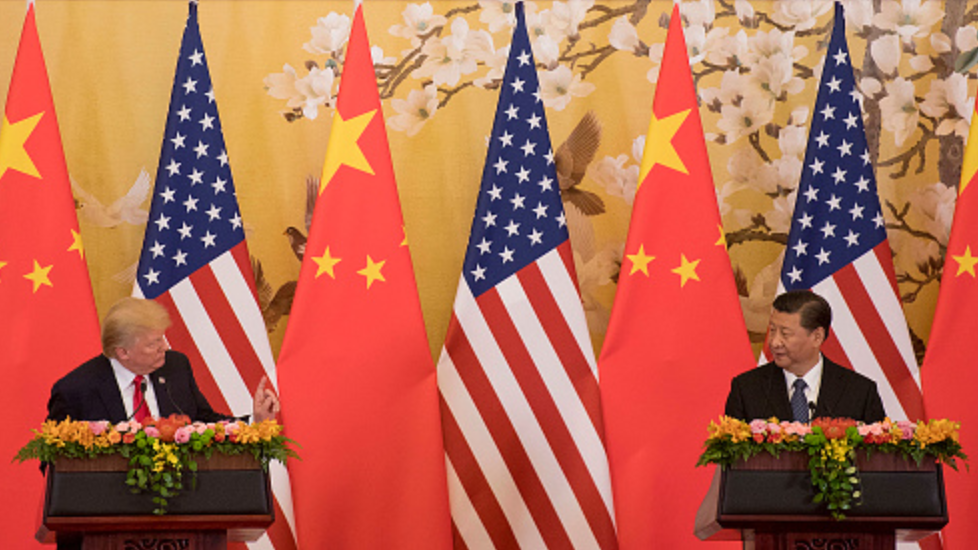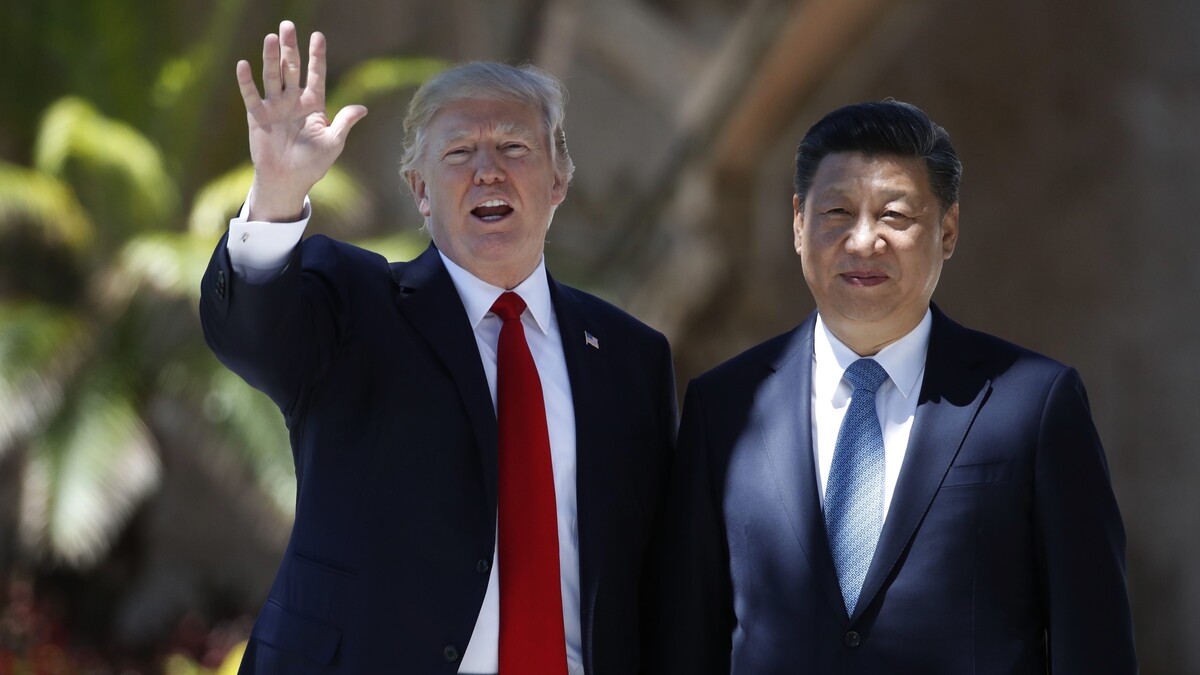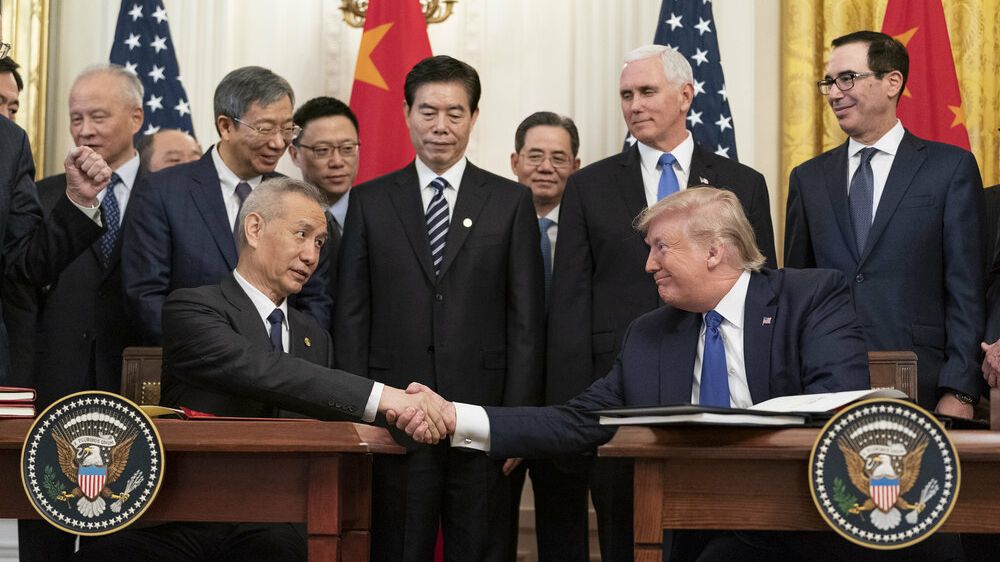Published 13 December 2019 | 2 minute read
The US and China have reportedly reached an interim trade agreement. The pursuit of meaningful solutions to structural issues seems to have been deferred. Assuming that reports are accurate, the China US deal raises three questions.
The US and China have reportedly reached an interim Phase One trade agreement that will forestall an additional round of US tariffs on roughly $160 billion worth of Chinese exports that was scheduled to go into effect on December 15.
While details are sketchy and an official text is not available, the agreement apparently calls for China to make an as-yet unconfirmed level of agricultural purchases, improve some forms of intellectual property protection, and provide additional market access in financial services. In return, the US will forego the December 15 tranche of tariffs and reduce some of the previously applied tariffs by 50 percent. As anticipated, meaningful solutions to the underlying structural issues have been deferred.
Given that previous reports of imminent trade agreements between the US and China have proven to be premature or overstated (or both), a healthy dose of skepticism is warranted. Assuming however that reports are accurate, three questions immediately come to mind:
Will this agreement be a political asset or liability for President Trump?
Although the White House will undoubtedly position the Phase One agreement as a major accomplishment demonstrating the wisdom and results of the President’s trade strategy, how hard – and how successfully – will his Democratic opponents disparage the deal? The reality is that the agreement makes little progress from where we were when the trade war started and mostly just succeeds in rolling back a portion of the restrictions – and resulting damage – previously put in place. Will President Trump’s political rivals gain traction if they assert that the president has gone “soft” on China for the sake of political expediency, or will the deal be seen by most of the electorate as a “win”? Farmers in crucial mid-west swing states will hold the key, explaining why the administration made agricultural purchases the centerpiece of the agreement.
Are the doves now ascendant in the Trump Administration?
Once again with the caveat that details are murky and still emerging, it would appear that the US has surrendered significant tariff leverage in return for not a whole lot. This is something that administration trade hardliners such as US Trade Representative Robert Lighthizer would have been loath to do, and influential Republican Senator – and traditional trade hawk – Marco Rubio has already weighed-in expressing concern. Does President Trump’s acceptance of this agreement signal that so-called trade doves such as Treasury Secretary Mnuchin are now gaining the upper hand in internal administration debates? The answer to that question will tell us a lot about where these negotiations are headed in the future.
Will further negotiations be sidelined until after the 2020 presidential election?
The reported agreement is noteworthy both for its modesty and for how long it took to achieve. And since this agreement deals only with a handful of the comparatively “easier” issues while deferring the more challenging topics to subsequent negotiating rounds, will either country see any point in even attempting to tackle them now, given the increasingly politicized environment in the run-up to the US elections? Or will both countries conclude that it makes more sense to take this modest victory to the bank, and recommence negotiations once the 2020 elections have been sorted and the US political cycle settles down?
Will this agreement be a political asset or liability for President Trump?
Although the White House will undoubtedly position the Phase One agreement as a major accomplishment demonstrating the wisdom and results of the President’s trade strategy, how hard – and how successfully – will his Democratic opponents disparage the deal? The reality is that the agreement makes little progress from where we were when the trade war started and mostly just succeeds in rolling back a portion of the restrictions – and resulting damage – previously put in place. Will President Trump’s political rivals gain traction if they assert that the president has gone “soft” on China for the sake of political expediency, or will the deal be seen by most of the electorate as a “win”? Farmers in crucial mid-west swing states will hold the key, explaining why the administration made agricultural purchases the centerpiece of the agreement.
Are the doves now ascendant in the Trump Administration?
Once again with the caveat that details are murky and still emerging, it would appear that the US has surrendered significant tariff leverage in return for not a whole lot. This is something that administration trade hardliners such as US Trade Representative Robert Lighthizer would have been loath to do, and influential Republican Senator – and traditional trade hawk – Marco Rubio has already weighed-in expressing concern. Does President Trump’s acceptance of this agreement signal that so-called trade doves such as Treasury Secretary Mnuchin are now gaining the upper hand in internal administration debates? The answer to that question will tell us a lot about where these negotiations are headed in the future.
© The Hinrich Foundation. See our website Terms and conditions for our copyright and reprint policy. All statements of fact and the views, conclusions and recommendations expressed in this publication are the sole responsibility of the author(s).







